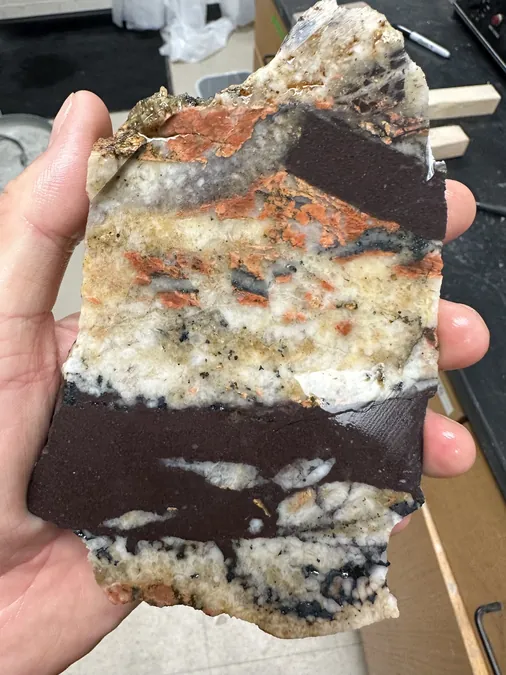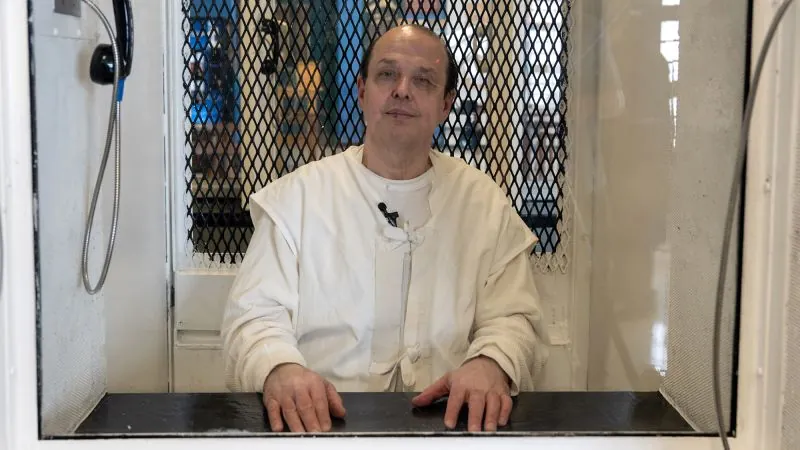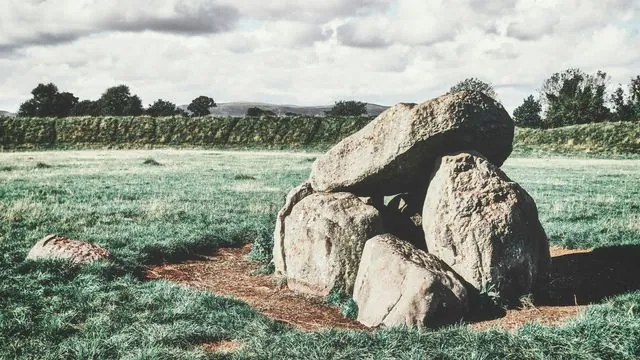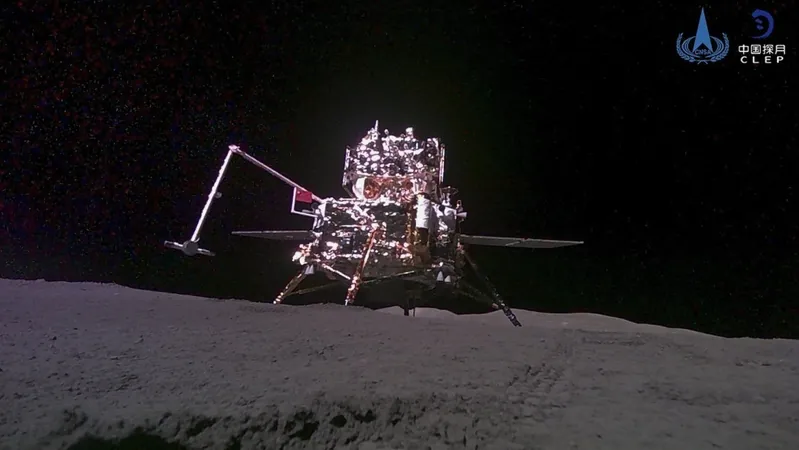
Unlocking the Mystery of 'Snowball Earth': Stunning New Evidence Reveals Global Ice Coverage!
2024-11-11
Author: Benjamin
Groundbreaking Discovery in Colorado
Geologists have made a groundbreaking discovery in Colorado, uncovering compelling evidence that massive glaciers once blanketed the Earth all the way to the equator hundreds of millions of years ago, effectively turning our planet into an immense ice sphere drifting through space.
Supporting the 'Snowball Earth' Theory
This remarkable research, spearheaded by the University of Colorado Boulder, lends substantial support to the long-standing theory known as 'Snowball Earth.' Proposed to have occurred between 720 to 635 million years ago, this theory suggests that an unexplained series of climatic events led to a dramatic drop in temperatures. Ice sheets, potentially several miles thick, spread across the entire globe, enveloping every inch of the Earth's surface in an icy shroud.
First Physical Evidence of Equatorial Glaciers
According to Liam Courtney-Davies, the lead author of the study and a postdoctoral researcher at CU Boulder, “This study presents the first physical evidence that Snowball Earth reached the heart of continents at the equator.” This finding has significant implications for our understanding of both geological history and the evolution of life on our planet.
Upcoming Publication
The team's discoveries will be published in the *Proceedings of the National Academy of Sciences* during the week of November 11. The research involved collaboration with experts from institutions including Colorado College and the University of California campuses at Santa Barbara and Berkeley.
Tava Sandstones as Key Evidence
Focusing on the Front Range of Colorado's Rocky Mountains, the researchers examined a series of sedimentary rocks known as Tavakaiv, or 'Tava,' sandstones. These rocks hold critical clues regarding this icy epoch. Employing a sophisticated dating technique called laser ablation mass spectrometry, the team analyzed minerals by using lasers to release atoms and measure the age of the rocks. They determined that these sandstones were forced underground around 690 to 660 million years ago, likely due to the immense weight of glaciers resting above them.
Uncovering Earth's Geological and Biological History
Courtney-Davies emphasized the study's importance in uncovering a pivotal chapter in Earth's geological and biological history, where the initial multicellular organisms may have emerged following the thawing of Snowball Earth.
The Origins of 'Snowball Earth'
The term 'Snowball Earth' was first coined by American geologist Joseph Kirschvink in a 1992 paper. Despite extensive research over the years, scientists are still divided on whether the entire planet was completely frozen. While evidence of thick ice has been found along ancient coastal regions, investigators had not previously identified similar signs inland near the equator.
Colorado's Unique Geological Role
This is where Colorado's geological history plays a crucial role. At the time of the Snowball Earth event, Colorado was situated on the equator as part of the ancient supercontinent Laurentia. If glaciers formed in this region, it stands to reason that similar phenomena could have occurred elsewhere on the planet.
The Fascinating Origin of Tava Sandstones
The indelible mark left by the Tava sandstones led Courtney-Davies and his team to conclude that these geological features, which superficially resemble ordinary rocks, have a fascinating origin story. Initially, these sandstones were sediments that became buried and altered under extreme pressure—an effect observed in modern ice sheets in places like Antarctica.
Connecting Rocks to Ice Sheets
In a moment of revelation, the researchers found that the Tava sandstones were indeed connected to the ice sheets of Snowball Earth. Their data suggests that, during this period, vast ice formations pressed down on Colorado, pushing the sands deep into the Earth's crust.
Inspiration for Future Research
“We’re thrilled to have the chance to decode the narrative of the only confirmed Snowball Earth deposits identified in Colorado so far,” stated co-author Rebecca Flowers, a professor of geological sciences at CU Boulder.
Looking Ahead
But the exploration isn’t over. Courtney-Davies hopes this discovery will inspire fellow scientists across North America to search for similar geological features as they continue to piece together the complex history of Snowball Earth. With this new evidence, we are closer than ever to understanding how our planet and life itself evolved in conjunction with these extreme climatic shifts—so stay tuned!









 Brasil (PT)
Brasil (PT)
 Canada (EN)
Canada (EN)
 Chile (ES)
Chile (ES)
 España (ES)
España (ES)
 France (FR)
France (FR)
 Hong Kong (EN)
Hong Kong (EN)
 Italia (IT)
Italia (IT)
 日本 (JA)
日本 (JA)
 Magyarország (HU)
Magyarország (HU)
 Norge (NO)
Norge (NO)
 Polska (PL)
Polska (PL)
 Schweiz (DE)
Schweiz (DE)
 Singapore (EN)
Singapore (EN)
 Sverige (SV)
Sverige (SV)
 Suomi (FI)
Suomi (FI)
 Türkiye (TR)
Türkiye (TR)